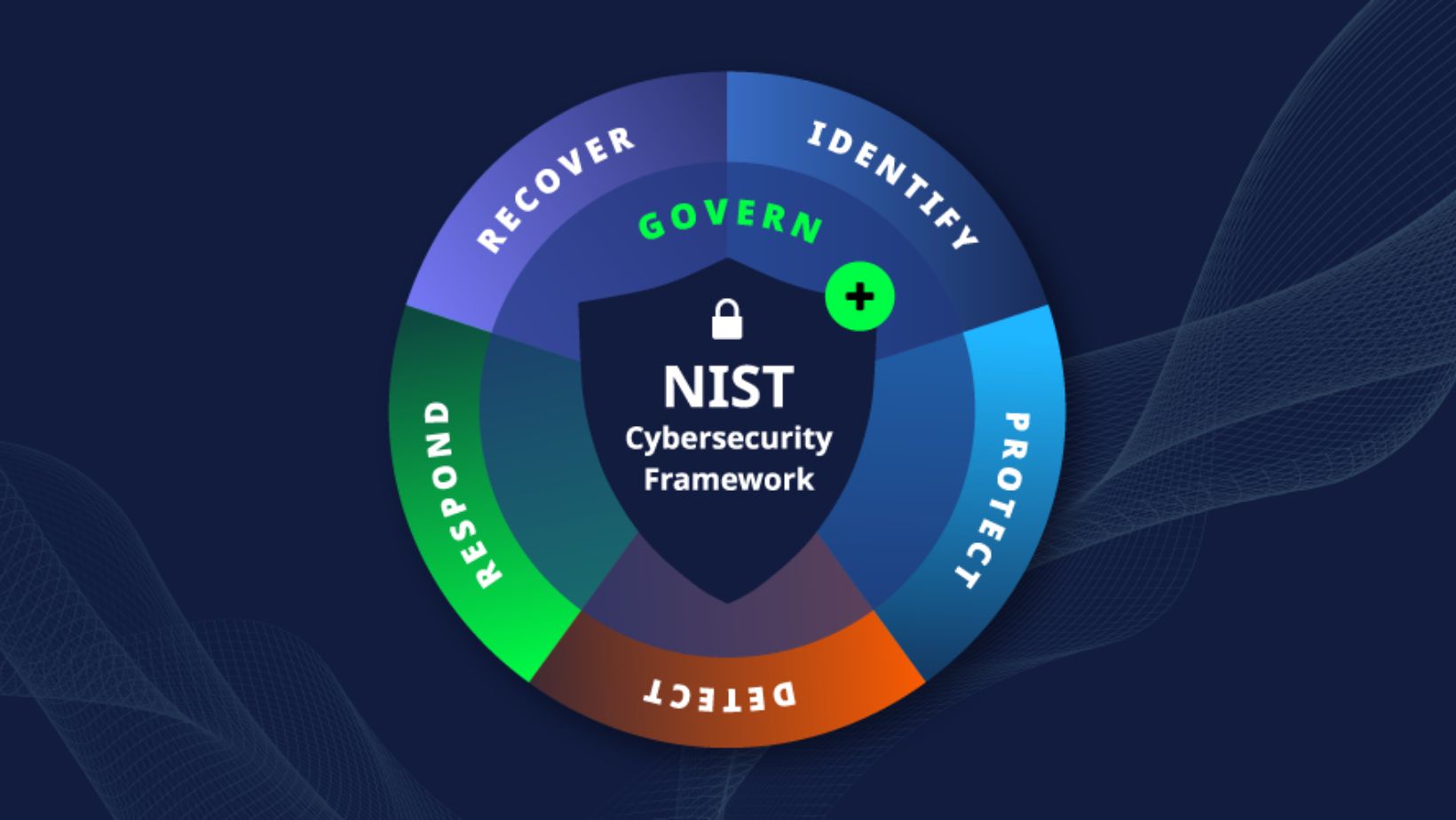Nist Cybersecurity Framework
The NIST Cybersecurity Framework is a set of guidelines, best practices, and standards designed to help organizations improve their cybersecurity posture. Developed by the National Institute of Standards and Technology (NIST), this framework provides a common language for discussing cybersecurity risk management and offers a structured approach to addressing and managing cybersecurity risks. It is not a one-size-fits-all solution but rather a flexible tool that organizations can use to assess and enhance their cybersecurity practices.
The NIST Cybersecurity Framework consists of five core functions: Identify, Protect, Detect, Respond, and Recover. Each function is further broken down into categories and subcategories that outline specific activities and outcomes that organizations should aim to achieve. By following this framework, organizations can better understand their current cybersecurity capabilities, identify areas for improvement, and prioritize investments in cybersecurity resources.
Implementing the NIST Cybersecurity Framework can help organizations strengthen their overall security posture, reduce the likelihood of cyber incidents, and mitigate the impact of any potential breaches. While compliance with the framework is voluntary for most organizations, many industry sectors and government agencies consider it a valuable resource for enhancing cybersecurity resilience. In an increasingly digital world where cyber threats are constantly evolving, adopting frameworks like NIST’s can be instrumental in safeguarding sensitive data and critical infrastructure from cyber attacks.

Overview of NIST Cybersecurity Framework
When diving into the realm of cybersecurity, understanding the NIST Cybersecurity Framework is crucial. Established by the National Institute of Standards and Technology (NIST), this framework provides organizations with a structured approach to enhance their cybersecurity posture.
Key Components
- Framework Core: The core presents a set of cybersecurity activities and desired outcomes across five functions: Identify, Protect, Detect, Respond, and Recover.
- Implementation Tiers: Organizations can choose from four tiers to describe their approach to managing and reducing cybersecurity risk.
- Framework Profiles: Profiles help organizations align their cybersecurity activities with business requirements, risk tolerance levels, and available resources.
Benefits of Using the Framework
- Risk Management: By following the framework, organizations can better identify and prioritize cybersecurity risks.
- Resource Optimization: It helps in efficiently allocating resources to protect against potential cyber threats.
- Common Language: Facilitates communication between different teams within an organization regarding cybersecurity matters.
Adoption Across Industries
The NIST Cybersecurity Framework has gained widespread adoption across various sectors like finance, healthcare, and government. Its flexibility allows organizations of all sizes to tailor it to their specific needs while adhering to best practices in cybersecurity.
In today’s digital landscape where cyber threats continue to evolve rapidly, leveraging the NIST Cybersecurity Framework can serve as a foundational step towards establishing a robust defense strategy against malicious actors.

Core Principles of the NIST Cybersecurity Framework
The National Institute of Standards and Technology (NIST) Cybersecurity Framework is a robust guideline designed to help organizations manage and improve their cybersecurity posture. It’s structured around five core functions: Identify, Protect, Detect, Respond, and Recover.
Key Components of the NIST Cybersecurity Framework:
- Identify: Understanding systems, assets, data, and capabilities is crucial for effective cybersecurity management.
- Protect: Implementing safeguards to ensure delivery of critical infrastructure services.
- Detect: Developing and implementing activities to identify the occurrence of a cybersecurity event.
- Respond: Taking action regarding a detected cybersecurity incident.
- Recover: Restoring any capabilities or services that were impaired due to a cybersecurity incident.
Incorporating these principles into an organization’s cybersecurity strategy can enhance resilience against cyber threats. The framework provides a structured approach that allows businesses to assess their current security stance and develop strategies for improvement.
According to recent studies, companies that align with the NIST framework often experience reduced cyber risks and improved overall security posture. By following these principles diligently, firms can mitigate potential vulnerabilities effectively.
By adhering to the fundamental concepts outlined by NIST’s Cybersecurity Framework, organizations can establish a solid foundation for building robust defense mechanisms against evolving cyber threats. Understanding these core principles is essential in today’s digital landscape where cyber attacks pose significant risks to businesses worldwide.


